Terry Gibbs Celebrates His 100th Birthday—but Why Isn't He a NEA Jazz Master?A newly-discovered recording from 1959 reminds us of this artist's greatnessWhen I say that Terry Gibbs is a jazz master, I need to add that he is not an official ‘Jazz Master’ as determined by the National Endowment for the Arts. Of course, he deserves that honor. (I share a few of his credentials below.) But he’s never received it—even as he has watched, year after year, so many friends and former colleagues get the nod. And now he will celebrate his 100th birthday on Sunday, still passed over for an award he has clearly earned. 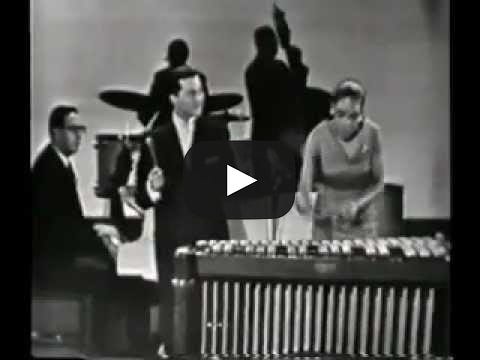 This puzzles me. Even more, it saddens me. If you want to support my work, consider taking out a premium subscription (just $6 per month).I’m not alone. I checked in with Gibbs’s son, drummer Gerry Gibbs, who had this to say:
Last year, jazz critic Marc Myers expressed the same bewilderment in his article on Gibbs’s 99th birthday:
But next year came around, and still nothing happened. Time is running out. The NEA Jazz Master program was founded in 1982, when Gibbs was approaching his 60th birthday, and had already delivered a formidable body of work. Early on, he performed with Charlie Parker and Dizzy Gillespie—how many people alive today can make that boast? Maybe two or three, if that many. Gerry provides a more complete list of musicians his father has worked with. It’s extremely impressive:
Here are some other distinctions:
How often do you hear bebop like this on television? 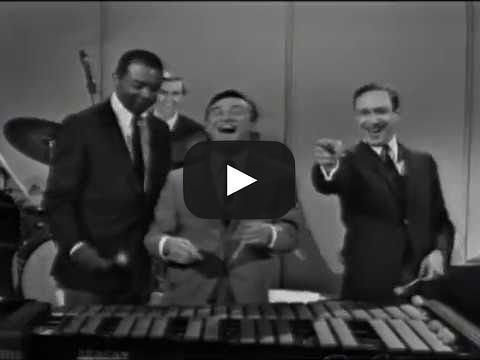 Yet every year, the NEA announces several new honorees—but Gibbs never gets the nod. You need to be alive to get the award, so I can forgive all those other neglected performers, who died too young, and were thus bypassed. But Gibbs has been ignored over forty times. We won’t let that hinder our celebrations of his 100th birthday. This is a rare opportunity to honor a respected jazz elder on his centenary—and he’s still here to enjoy it. That’s a big deal in any field, but especially jazz, where the good too often really do die young. Adding to the festivities, Gibbs has a new album coming out for the occasion. It’s a new album, but the music itself dates back to 1959—a glorious time for jazz. (That same year witnessed the release of Kind of Blue, Time Out, Sketches of Spain, and other seminal recordings.) Back then, Gibbs was leading the hottest jazz big band on the West Coast. I’ll make an even bolder claim—the Terry Gibbs Dream Band is the hardest-swinging big band in SoCal history. And, fortunately, we have recordings to back this up. I’m not alone in this view. “I don’t think there was ever a better band than this,” claimed drummer Mel Lewis. “Including my own.” 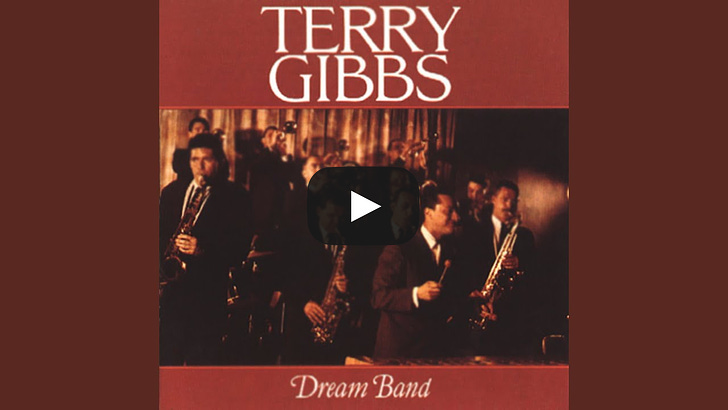 That’s high praise—especially when you consider that Lewis’s ensemble, the Thad Jones/Mel Lewis Orchestra (predecessor of today’s Vanguard Jazz Orchestra), is a legendary ensemble, cited in Wikipedia (a plausible source, in this case) as “the most influential big band since the Swing Era.” But back in 1959, Lewis was holding down the drum chair in Terry Gibbs’s Dream Band. Lewis would go on to earn 14 Grammy nominations, but he laid the groundwork for that in Gibbs’s ensemble. The Dream Band really was a dream come true. But for a long time, it was more of a rumor than a reality. The band never went on the road. It hardly existed in any official capacity. Very few jazz fans outside of LA even knew about it.
But the top musicians within a hundred mile radius of Hollywood all knew that Gibbs had assembled a monster band. And they wanted to be part of it. After all, this was the kind of music they made for their own enjoyment—jubilant, carefree, like a roller coaster ride on the bandstand. We’re lucky that they had so much fun. That’s because nobody could really afford to hire a band this good—Gibbs lost $1,000 per month for the privilege of making music with it. And he would have gone even deeper in the hole if he had paid market rates for the band members, or tried to take it on the road. You might call it a rehearsal band. It played on off nights at the Seville on Santa Monica Boulevard, and later at the Sundown on Sunset Strip—always on Sunday, Monday, or Tuesday evenings, when most musicians have some free time. But you just needed to look at the audience to know that this was no ordinary ensemble. When the musicians looked out from the bandstand on its opening Tuesday night at the Seville, they saw Ella Fitzgerald, Louis Prima, Dinah Shore, Steve Allen, Johnny Mercer, Fred MacMurray (a jazz saxophonist before he became a Hollywood star), and other celebrities in attendance. The band had to deliver the goods in this star-studded setting. And they did just that. “From the first bar of the first number, the impact of this band was as breathtaking as swallowing a double shot of tequila straight,” Downbeat’s West Coast correspondent John Tynan enthused. Gibbs knew all the leading jazz musicians in Los Angeles, and they wanted a fun outlet to play the music they loved among other elites. The pay for the Dream Band was just fourteen dollars a musician—and even back in 1959 that didn’t buy much. But playing in this setting was its own reward. 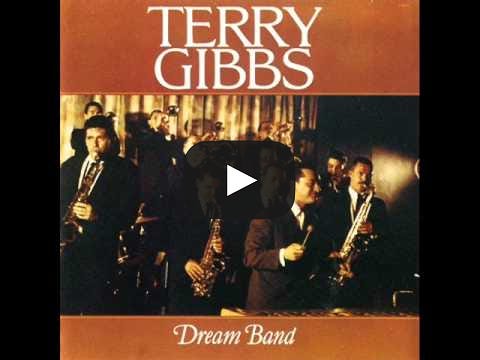 Gibbs, to his credit, knew how to operate a world-class big band. He had already worked with Benny Goodman, Tommy Dorsey, Buddy Rich, and Woody Herman. And now he called in all his favors, not just with the band members, but also for the arrangements—borrowing the most swinging charts of the era from Bill Holman, Marty Paich, Al Cohn, Bob Brookmeyer, and Manny Albam, among others. For two years, this band continued its twilight off-night existence. And then faded from view—but surviving as a cherished memory for those who were fortunate enough to see it in its day. Gibbs did one more thing—and we are forever grateful for this. He made high quality recordings of the Dream Band at gigs. He did this just for his own enjoyment. Sometimes he would take out the tapes for his visitors, and let them hear a few minutes from the hottest band in the West. 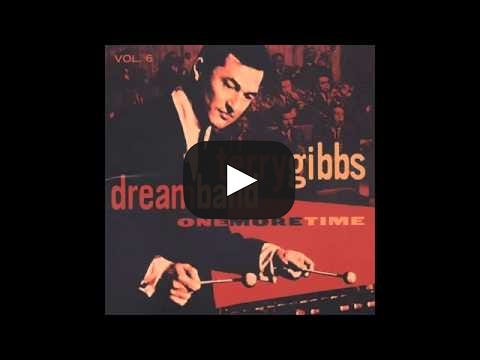 These remarkable amateur recordings remained on his shelf for almost thirty years. But three albums, released in the late 1980s, made clear how good this band actually was in live performance. And now, for Terry Gibbs’s 100th birthday we get one more treat. Terry’s son Gerry was organizing his father’s archives on the computer when he found some music cataloged under the vague title “Party 1959.” “I said, ‘Hey, what the hell is that?’” Gibbs relates. “So I played it and it was the Dream Band.” These performances are now getting released commercially for the artist’s centenary—65 years after they were recorded. And if you need one more reminder of Gibbs’s contributions to jazz, or just how hot and swinging his music sounds, here it is. 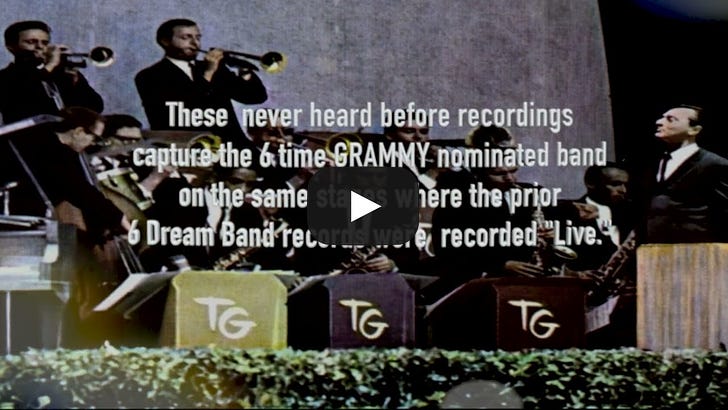 One last thing would make this complete. The folks who hand out awards to jazz elders ought to recognize this remarkable pioneer of the music. It’s long overdue. We can still rectify matters—but only if we act while he’s still here to enjoy it. That’s Terry Gibbs’s final unfulfilled dream. Let’s turn it into reality. You're currently a free subscriber to The Honest Broker. For the full experience, upgrade your subscription. |
Search thousands of free JavaScript snippets that you can quickly copy and paste into your web pages. Get free JavaScript tutorials, references, code, menus, calendars, popup windows, games, and much more.
Terry Gibbs Celebrates His 100th Birthday—but Why Isn't He a NEA Jazz Master?
Subscribe to:
Post Comments (Atom)
When Bad People Make Good Art
I offer six guidelines on cancel culture ͏ ͏ ͏ ͏ ͏ ͏ ͏ ͏ ͏ ͏ ͏ ͏ ͏ ͏ ͏...
-
code.gs // 1. Enter sheet name where data is to be written below var SHEET_NAME = "Sheet1" ; // 2. Run > setup // // 3....


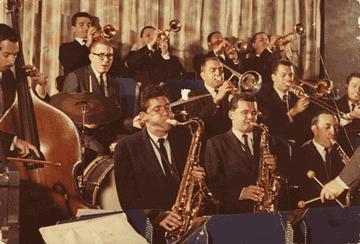
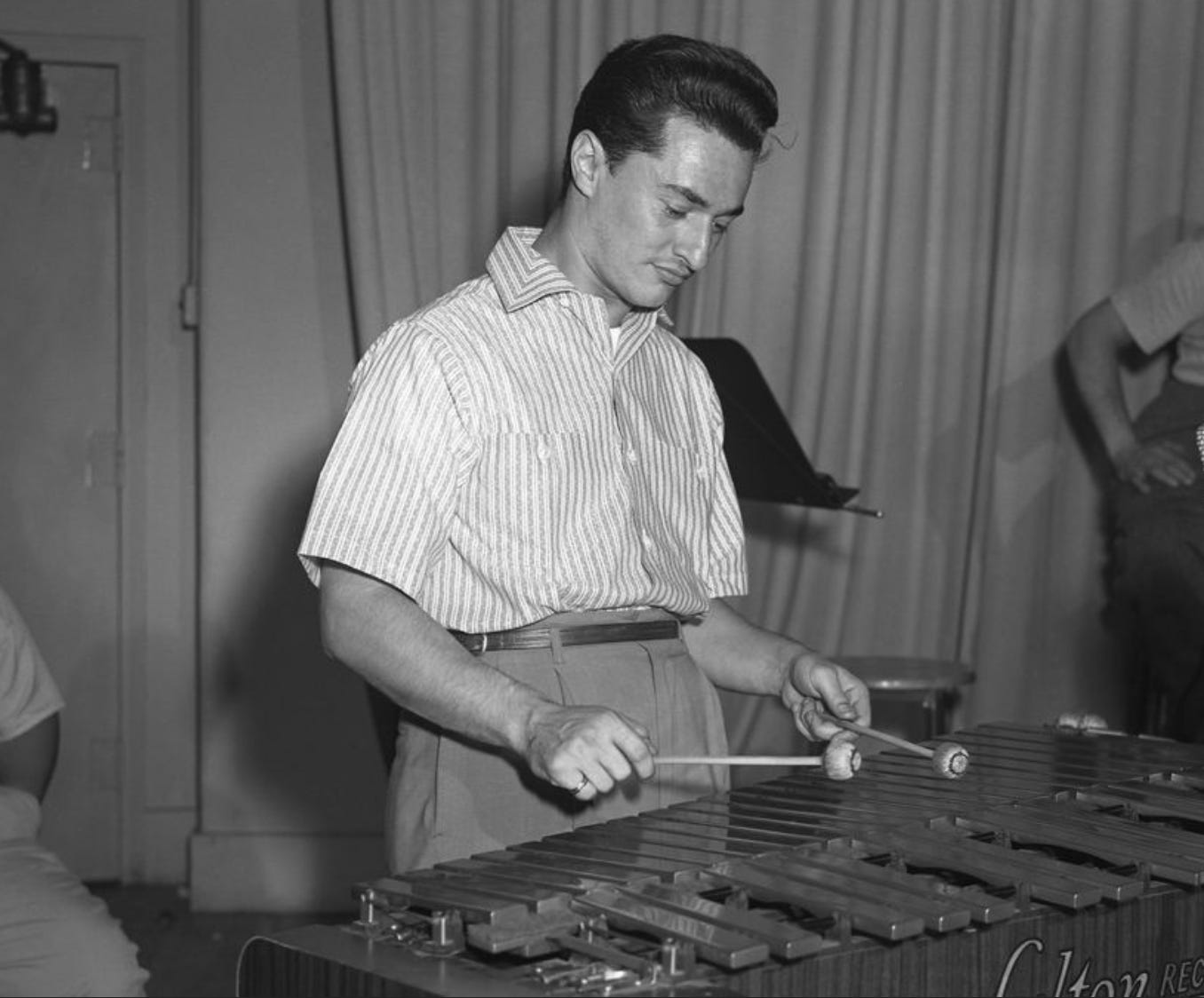
No comments:
Post a Comment